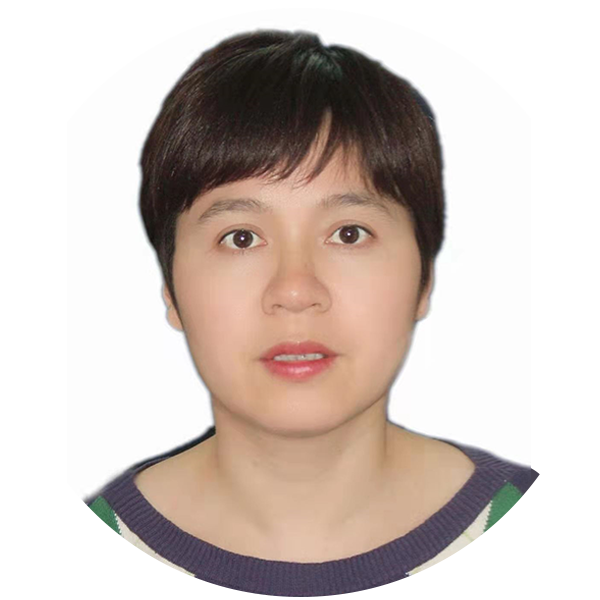METRO SHANGHAI / METRO SHANGHAI
Explore Oslo treasures
Northern Scandinavian destination attracting more Chinese travelers
Middle class Chinese families are expanding their travel destinations from Asia to America, and from West to northern Europe. Distance is no longer a concern for those who desire authentic experiences and local flavors.
Norway is just about as far away from China as you can get on the world map. For the upcoming eight-day National Day holidays, which this year also includes the traditional Mid-Autumn Festival, Norway is enticing travelers from China hoping to see the seldom-seen northern nation.
This Global Times reporter recently returned from Oslo; in 2016, she also spent several days there with her family, which remains one of her most memorable travel adventures.
An Oslo Pass is a must-have for every visitor. This user-friendly, multi-use ticket guarantees convenient transportation and accesses to museums, art galleries and scenic spots with discounted prices. The longer one's visit, the better the discount.
According to visitnorway.com, Oslo is the fastest-growing capital in Europe as well as a hotbed of exciting food, music and culture. Salmon and fresh seafood are common in Norway, but prices vary. With a sufficient budget, high-end restaurants located in scenic spots such as the Holmenkollen or downtown are recommended.
For more affordable options, the seafood section of local supermarkets provides all you need for a good price. Take your purchases back to your hotel or Airbnb and prepare yourself a true home-away-from-home meal.
The many indoor food courts around Oslo offer options for tourists who would like to taste other authentic European food. This reporter had a lunch called "A taste of Mathallen" that allows you to sample a wide variety of foods and drinks from different vendors. For more information, visit mathallenoslo.no.
Put away that beer!
It is important to note that Norway is a country with strict laws and regulations against alcohol. You can only buy liquor at designated places and at designated times. There are stiff penalties for drinking alcohol out in public.
This reporter made the mistake of buying some beer for her and her family during their long train ride from Stockholm to Oslo, just as we do here in China. We had delved into our lunch basket and cracked open our beers when a train conductor berated us for our mistake.
Besides seafood, Norway is also famous for its sculpture. Vigeland Sculpture Park is the world's largest sculpture park made by a single artist, Gustav Vigeland. The unique spot includes over 200 bronze, granite and wrought iron sculptures.
Officially opened in 2013, Ekebergpaken is also gaining popularity. Owned by the city of Oslo and managed by C. Ludens Ringnes Foundation, the park boasts 36 sculptures and installations as part of its permanent collection.
With an Oslo Pass, visitors can feast their eyes on some masterpieces by Edvard Munk. This reporter repeatedly heard from local journalists, officials and ordinary citizens that Oslo's environmental protection concerns were being raised during the construction of several projects part of the new Munk museum.
Norway is just about as far away from China as you can get on the world map. For the upcoming eight-day National Day holidays, which this year also includes the traditional Mid-Autumn Festival, Norway is enticing travelers from China hoping to see the seldom-seen northern nation.
This Global Times reporter recently returned from Oslo; in 2016, she also spent several days there with her family, which remains one of her most memorable travel adventures.
An Oslo Pass is a must-have for every visitor. This user-friendly, multi-use ticket guarantees convenient transportation and accesses to museums, art galleries and scenic spots with discounted prices. The longer one's visit, the better the discount.
According to visitnorway.com, Oslo is the fastest-growing capital in Europe as well as a hotbed of exciting food, music and culture. Salmon and fresh seafood are common in Norway, but prices vary. With a sufficient budget, high-end restaurants located in scenic spots such as the Holmenkollen or downtown are recommended.
For more affordable options, the seafood section of local supermarkets provides all you need for a good price. Take your purchases back to your hotel or Airbnb and prepare yourself a true home-away-from-home meal.
The many indoor food courts around Oslo offer options for tourists who would like to taste other authentic European food. This reporter had a lunch called "A taste of Mathallen" that allows you to sample a wide variety of foods and drinks from different vendors. For more information, visit mathallenoslo.no.
Put away that beer!
It is important to note that Norway is a country with strict laws and regulations against alcohol. You can only buy liquor at designated places and at designated times. There are stiff penalties for drinking alcohol out in public.
This reporter made the mistake of buying some beer for her and her family during their long train ride from Stockholm to Oslo, just as we do here in China. We had delved into our lunch basket and cracked open our beers when a train conductor berated us for our mistake.
Besides seafood, Norway is also famous for its sculpture. Vigeland Sculpture Park is the world's largest sculpture park made by a single artist, Gustav Vigeland. The unique spot includes over 200 bronze, granite and wrought iron sculptures.
Officially opened in 2013, Ekebergpaken is also gaining popularity. Owned by the city of Oslo and managed by C. Ludens Ringnes Foundation, the park boasts 36 sculptures and installations as part of its permanent collection.
With an Oslo Pass, visitors can feast their eyes on some masterpieces by Edvard Munk. This reporter repeatedly heard from local journalists, officials and ordinary citizens that Oslo's environmental protection concerns were being raised during the construction of several projects part of the new Munk museum.
Natural and modern
It is not uncommon to take more than 10 years for the Oslo government to decide on a new project. The new opera house is a prime example. Citizens complained about the huge public fund for the maintenance of the venue, yet they were proud to recommend this place to guests and visitors.
Local administrators are trying every means to make full use of Oslo's limit resources. This reporter had the chance to visit Losæter in Bjørvika of Oslo, which is a former container port at the city bay where the Alna River meets the Fjord.
Nicknamed "a museum without walls," Losæter hosts a range of groups and actions related to urban food production and the preservation of the commons. It is also collaborating with international art collective Futurefarmers.
It's not surprising to see a city farming project in the middle of Oslo where edible flowers are made into a colorful salad together with vegetables. Artistic bakers there serve as a nexus for this public program.
For Chinese people, Norway provides a bounty of food and natural beauty that coexist perfectly with the northern nation's unique modern urban management.
It is not uncommon to take more than 10 years for the Oslo government to decide on a new project. The new opera house is a prime example. Citizens complained about the huge public fund for the maintenance of the venue, yet they were proud to recommend this place to guests and visitors.
Local administrators are trying every means to make full use of Oslo's limit resources. This reporter had the chance to visit Losæter in Bjørvika of Oslo, which is a former container port at the city bay where the Alna River meets the Fjord.
Nicknamed "a museum without walls," Losæter hosts a range of groups and actions related to urban food production and the preservation of the commons. It is also collaborating with international art collective Futurefarmers.
It's not surprising to see a city farming project in the middle of Oslo where edible flowers are made into a colorful salad together with vegetables. Artistic bakers there serve as a nexus for this public program.
For Chinese people, Norway provides a bounty of food and natural beauty that coexist perfectly with the northern nation's unique modern urban management.
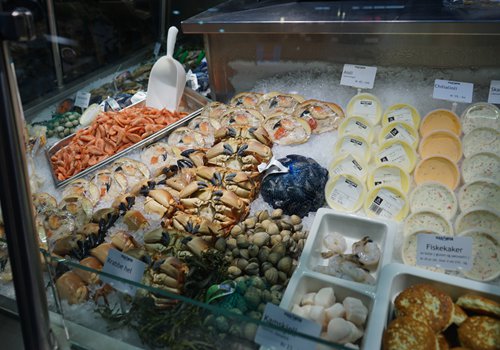
Seafood in Mathallen
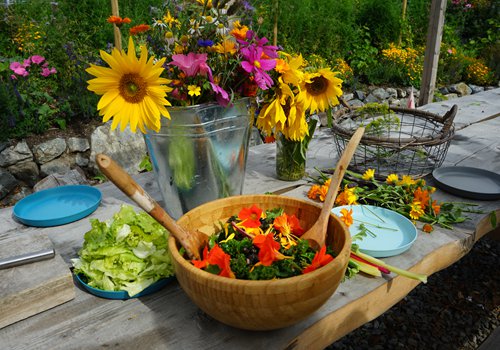
Vegetable and flowers at Bjørvika
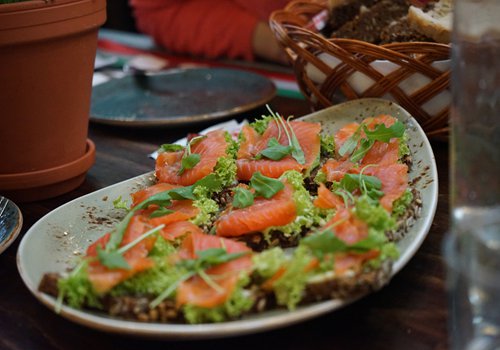
Local cuisine
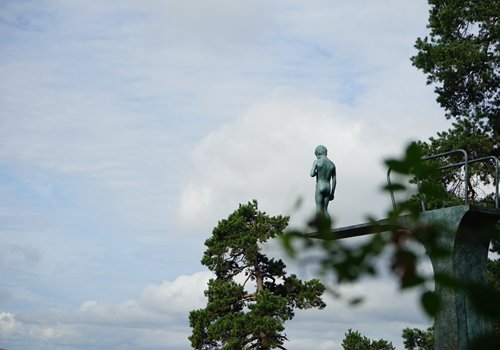
The statue Dilemma at Ekebergpaken Photos: Feng Yu/GT
